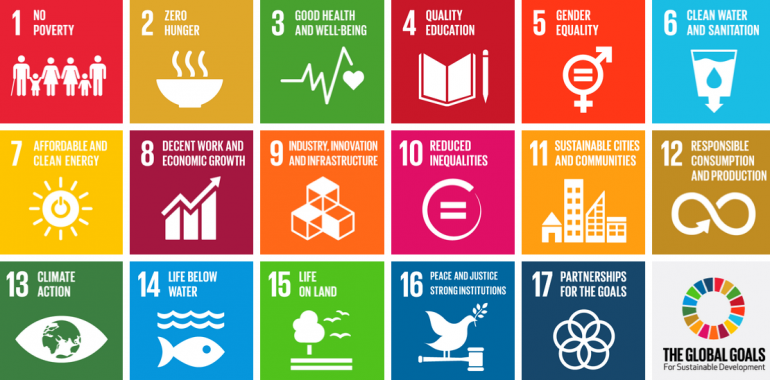

ENERGY LIES at the heart of both the 2030 Agenda for sustainable development and the Paris Agreement on climate change. Thus, ensuring access to affordable, reliable, sustainable and modern energy for all by 2030 is vital. Additionally, making it cheaper for low-income earners closes the Pandora box for a new world of opportunities for billions of people with access to economic advancement, a movement which could leapfrog the old-fashioned ways of energy consumption.
The possibility towards a shift is exactly what the three (3D’s) of the energy storage box principles imply; decarbonization, digitization and decentralization for a possible reshape of the energy sector.
However, the challenges and uncertainties are both intrinsic in overcoming the peculiarities of the sector. The past decades are unflattering headlines with reasonable and justifiable questions and opprobrium. How do we ensure a high energy future while curbing sector emissions to fight climate change? In the words of Dambisa Moyo, it is the oil/or energy companies to look on from forty thousand feet since those opposed to it claim making complete tradeoffs might seem pressing.
There are different schools of thought majorly that are distinct on the traditional ways and modern consumption of energy in which, the latter is opposed with the fact that the technology and infrastructure seem costly for host governments to negotiate. This might as well affect the low-income consumer and sophisticated which at times requires technicians and advanced appliances.
This, however, encompasses putting into consideration that we cannot remain in energy poverty due to its massive implications and social well-being. Putting in place methods that are climate-friendly and affordable to the energy consumers at the same time is long-term success to the sector.
Yet the cost of some modern energy is costly, the recent "SDG7” statistics report on energy progress by the International Energy Agency("IEA”), the International Renewable Energy Agency("IRENA”), World Bank and World Health Organization("WHO”) highlight various renewables as one of the most expensive energies.
Despite the continued campaign, the "SDG7” target of universal access by 2030 appears unlikely to be met. This leaves an estimated 660 million people without electricity, especially at the times when COVID-19 pandemic seriously disrupted electrification efforts.
Regional disparities continue to persist. The access deficit is particularly concentrated in Sub-Saharan Africa, which accounts for three-quarters of the global deficit as indicated by the World Bank report. The glaring statistics leave no doubt that drastic action needs to be taken to ensure everyone does not succumb to energy poverty.
The current environment is defined by volatility, uncertainty and complexity towards a clean energy sector. The campaign must be directed towards advancements in technologies, rapid cost declines, shifts in policies, new business models and a growing number of best practices towards accelerating the transformation of the energy systems in many places and goals within reach.
Essentially, the move towards vulnerable groups like women, children and youth, better education, health, equitable and inclusive communities, gender protection from, and resilience to climate change would be quite promising.
To leave no one behind, we must capitalize on this momentum to mobilize greater political will and cooperation together with higher levels of public and private investment in sustainable energy.
Recommendations
A top priority of making clean cooking must be imposed by putting in place specific policies, cross-sectoral plans and public investments supported by renewed game-changing multi-stakeholder partnerships with civil societies, Government and Private sectors.
Furthermore, forging energy synergies like Strathmore Energy Research Centre("SERC”) with the Norwegian Refugee Council("NRC”), and the International Organization for Migration("IOM”) are good collaborative styles that would not only be adopted by the East African countries but also students within to understand more about the emerging energy sector in the region.
A case in point is a simple calculation with existing local financing mechanisms which shows clearly that investing in solar energy does not make financial sense, despite the ever-decreasing cost of solar modules. An AFD green line of credit (4.1%) per annum, 10years payback period and 1-year grace period made all the difference.
Meanwhile, closing the electricity access gap is the way forward. This can be done by establishing detailed plans of action nationally, regionally and globally with no one left behind backed by determined leadership, targeted policies and regulations.
In a nutshell, energy transition towards affordable, reliable, sustainable and modern energy ("SDG7”) demands both practical and innovative strategies to pursue a systematic regeneration at home and abroad.
Thus, making a unified case to advance the sustainable development goal for a transformed energy future will require; doubling sustainable finance, regulating the energy market, enabling law and policy with backed up regulatory mechanisms. However, lack of advocacy towards modern energy is directly linked to energy poverty which may seem to be at opposite ends of the development spectrum.
The writer is an Oil&Gas/Energy Lawyer
The views expressed in this article are of the writer.

